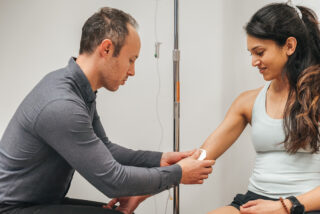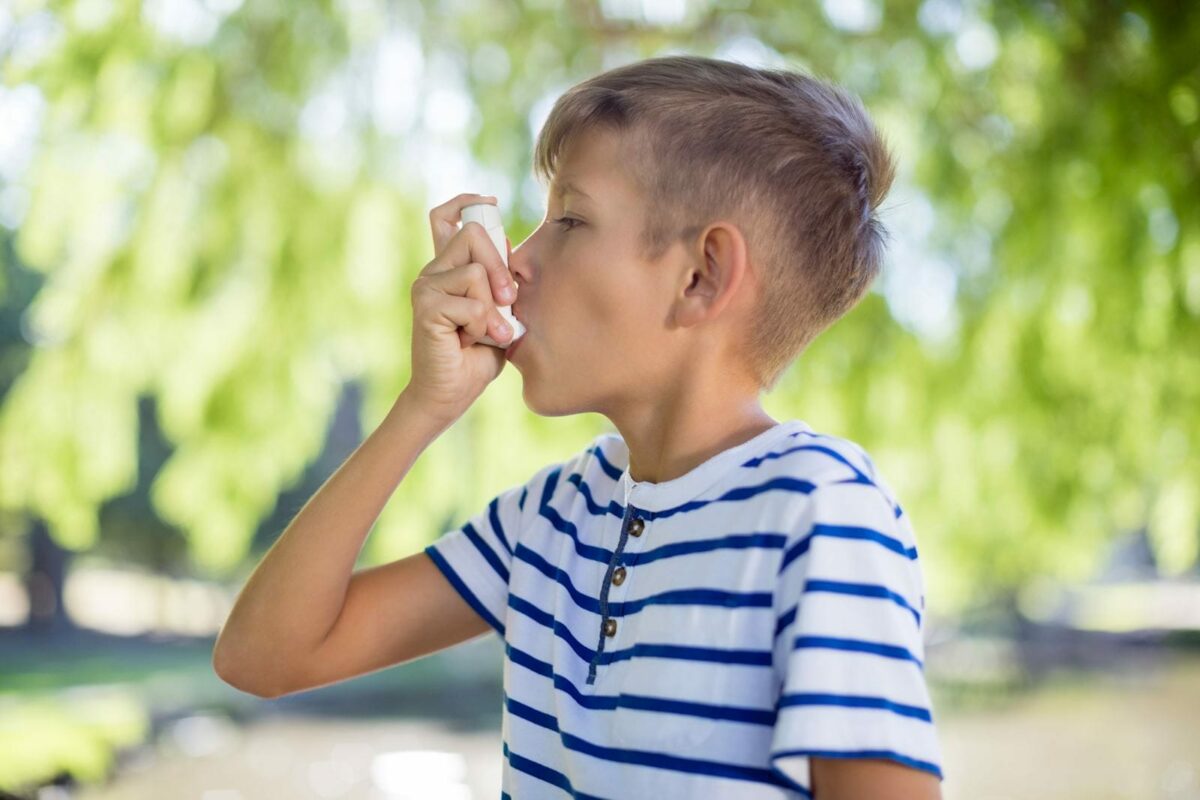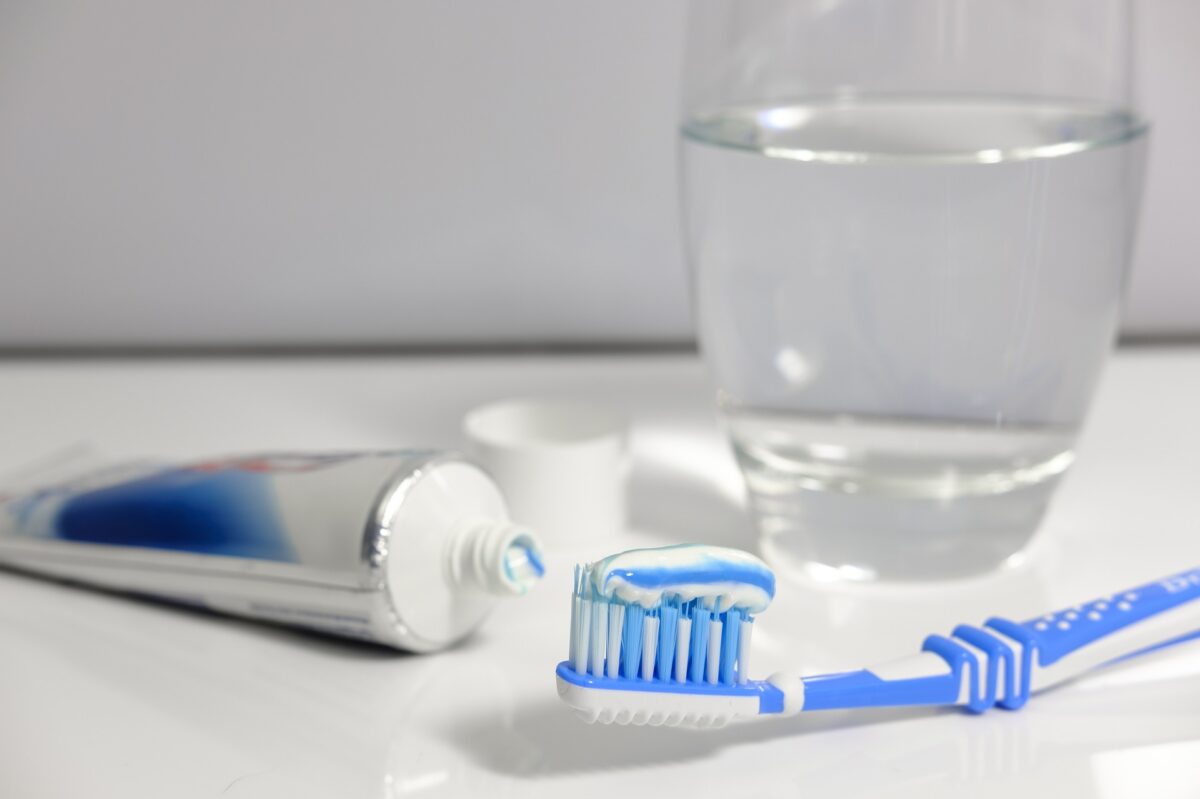Berberine and Ozempic are two medicines that have gained popularity in recently. Berberine is a natural supplement, while Ozempic is a prescription drug. Both have been shown to lower blood sugar and improve insulin sensitivity, making them popular among people with diabetes and weight loss. In this blog post, we will explore the similarities and differences between these two medicines.
1. What is Berberine?
Berberine is a remarkable natural compound, has been used for centuries in traditional Chinese and Ayurvedic medicine to treat a variety of ailments. Extracted from the roots, rhizomes, and stem bark of plants like goldenseal, Oregon grape, and barberry, berberine’s vibrant yellow color and impressive therapeutic properties have made it a prized ingredient in ancient healing practices.
The mechanism of action for berberine is quite fascinating. It functions by activating an enzyme called AMP-activated protein kinase (AMPK), which plays a critical role in regulating metabolism and maintaining cellular energy homeostasis. This activation leads to numerous health benefits, including improved insulin sensitivity, reduced inflammation, and enhanced lipid metabolism.
Recent scientific studies have confirmed berberine’s effectiveness in managing several conditions. One of its most notable applications is in treating type 2 diabetes, where it has exhibited remarkable potential in lowering blood sugar levels, comparable to the widely prescribed drug metformin. Additionally, berberine has demonstrated promising results in improving cardiovascular health by reducing cholesterol and triglyceride levels. It has also displayed antimicrobial properties against various bacteria, fungi, and parasites, making it a valuable ally in combating infections.
2. What is Ozempic?
Ozempic, also known as semaglutide, is a groundbreaking medication that has taken the world of diabetes management by storm. Developed by Novo Nordisk, Ozempic was approved by the US Food and Drug Administration (FDA) in 2017 for the treatment of type 2 diabetes in adults (FDA, 2017). This innovative drug belongs to a class of medications called glucagon-like peptide-1 (GLP-1) receptor agonists, which are designed to mimic the action of GLP-1, a naturally occurring hormone involved in regulating blood sugar levels.
The mechanism of action for Ozempic is truly fascinating. As a GLP-1 receptor agonist, it works by stimulating insulin secretion from pancreatic beta cells when blood sugar levels are high, thus helping to lower glucose levels in the bloodstream. Moreover, it suppresses the release of glucagon, a hormone that raises blood sugar levels, and slows down gastric emptying, resulting in a decrease in appetite and caloric intake.
Clinical trials have demonstrated Ozempic’s effectiveness in managing type 2 diabetes, showing significant reductions in HbA1c levels (a measure of long-term blood sugar control) and body weight. Additionally, it has been proven to reduce the risk of major cardiovascular events, such as heart attack and stroke, in patients with type 2 diabetes and established cardiovascular disease. With its promising results and innovative mechanism of action, Ozempic has emerged as a powerful tool in the ongoing battle against diabetes and its complications.
3. How does Berberine compare to Ozempic?
In terms of blood sugar regulation, berberine has been shown to lower blood glucose levels by activating AMP-activated protein kinase (AMPK), which helps improve insulin sensitivity and decrease insulin resistance. On the other hand, Ozempic mimics the action of GLP-1, stimulating insulin secretion from pancreatic beta cells when blood sugar levels are high, suppressing glucagon release, and slowing gastric emptying . Both compounds have demonstrated significant reductions in HbA1c levels, a measure of long-term blood sugar control, in patients with type 2 diabetes).
When it comes to weight loss, both berberine and Ozempic have shown promising results. Berberine’s activation of AMPK leads to enhanced lipid metabolism, contributing to weight loss (Turner et al., 2008). Ozempic’s effect on weight loss can be attributed to its ability to slow gastric emptying, resulting in reduced appetite and caloric intake. Clinical trials have demonstrated significant weight loss in patients with type 2 diabetes treated with either compound.
While both berberine and Ozempic have proven effective in managing blood sugar levels and promoting weight loss, their mechanisms of action differ, and they belong to different classes of compounds. Berberine is a natural compound with a broader range of applications, including antimicrobial and anti-inflammatory properties. Ozempic, as a synthetic GLP-1 receptor agonist, has been specifically developed for type 2 diabetes treatment and has demonstrated additional cardiovascular benefits in patients with established cardiovascular disease.
4. Can Berberine and Ozempic be taken together?
It is not advisable to take Berberine and Ozempic together without consulting a doctor. Both medicines can lower blood sugar levels, and taking them together can lead to hypoglycemia (low blood sugar). If you are already taking Ozempic, it is crucial to monitor your blood sugar levels regularly and follow your doctor’s advice on adjusting your medication.
5. Which one should you choose?
Generally, Berberine is a safer and more affordable option compared to Ozempic, especially for people with mild to moderate blood sugar problems. However, for people with severe diabetes or other health complications, Ozempic may be the better choice, as it is a more potent and targeted medication. Ultimately, the decision to use Berberine or Ozempic should be made in consultation with a physician or naturopathic doctor, who can assess your particular health needs and goals.
References:
Imanshahidi, M., & Hosseinzadeh, H. (2016). Pharmacological and therapeutic effects of Berberis vulgaris and its active constituent, berberine. Phytotherapy Research, 22(8), 999-1012.
Turner, N., Li, J. Y., Gosby, A., To, S. W. C., Cheng, Z., Miyoshi, H., … & Xu, A. (2008). Berberine and its more biologically available derivative, dihydroberberine, inhibit mitochondrial respiratory complex I: a mechanism for the action of berberine to activate AMP-activated protein kinase and improve insulin action. Diabetes, 57(5), 1414-1418.
Yin, J., Xing, H., & Ye, J. (2008). Efficacy of berberine in patients with type 2 diabetes mellitus. Metabolism, 57(5), 712-717.
Zhang, Y., Li, X., Zou, D., Liu, W., Yang, J., Zhu, N., … & Gong, H. (2008). Treatment of type 2 diabetes and dyslipidemia with the natural plant alkaloid berberine. The Journal of Clinical Endocrinology & Metabolism, 93(7), 2559-2565.
Imanshahidi, M., & Hosseinzadeh, H. (2010). Berberis Vulgaris and Berberine: An Update Review. Phytotherapy Research, 22(11), 1485-1494.
FDA. (2017). FDA approves new drug to treat type 2 diabetes. Retrieved from https://www.fda.gov/news-events/press-announcements/fda-approves-new-drug-treat-type-2-diabetes
Aroda, V. R., Bain, S. C., Cariou, B., Piletic, M., Rose, L., Axelsen, M., … & Marre, M. (2017). Efficacy and safety of once-weekly semaglutide versus once-daily sitagliptin as an add-on to metformin, thiazolidinediones, or both, in patients with type 2 diabetes (SUSTAIN 2): a 56-week, double-blind, phase 3a, randomised trial. The Lancet Diabetes & Endocrinology, 5(5), 341-354.
Nauck, M. A., Petrie, J. R., Sesti, G., Mannucci, E., Courrèges, J. P., Lindegaard, M. L., … & Madsbad, S. (2016). A phase 2, randomized, dose-finding study of the novel once-weekly human GLP-1 analog, semaglutide, compared with placebo and open-label liraglutide in patients with type 2 diabetes. Diabetes Care, 39(2), 231-241.
Pratley, R. E., Amod, A., Hoff, S. T., Kadowaki, T., Lingvay, I., Nauck, M., … & Soska, V. (2018). Oral semaglutide versus subcutaneous liraglutide and placebo in type 2 diabetes (PIONEER 4): a randomised, double-blind, phase 3a trial. The Lancet, 394(10192), 39-50.
Marso, S. P., Bain, S. C., Consoli, A., Eliaschewitz, F. G., Jódar, E., Leiter, L. A., … & Seufert, J. (2016). Semaglutide and cardiovascular outcomes in patients with type 2 diabetes. New England Journal of Medicine, 375(19), 1834-1844.
Zhang, Y., Li, X., Zou, D., Liu, W., Yang, J., Zhu, N., … & Gong, H. (2008). Treatment of type 2 diabetes and dyslipidemia with the natural plant alkaloid berberine. The Journal of Clinical Endocrinology & Metabolism, 93(7), 2559-2565.
Sorli, C., Harashima, S. I., Tsoukas, G. M., Unger, J., Karsbøl, J. D., Hansen, T., & Bain, S. C. (2017). Efficacy and safety of once-weekly semaglutide monotherapy versus placebo in patients with type 2 diabetes (SUSTAIN 1): a double-blind, randomised, placebo-controlled, parallel-group, multinational, multicentre phase 3a trial. The Lancet Diabetes & Endocrinology, 5(4), 251-260.













